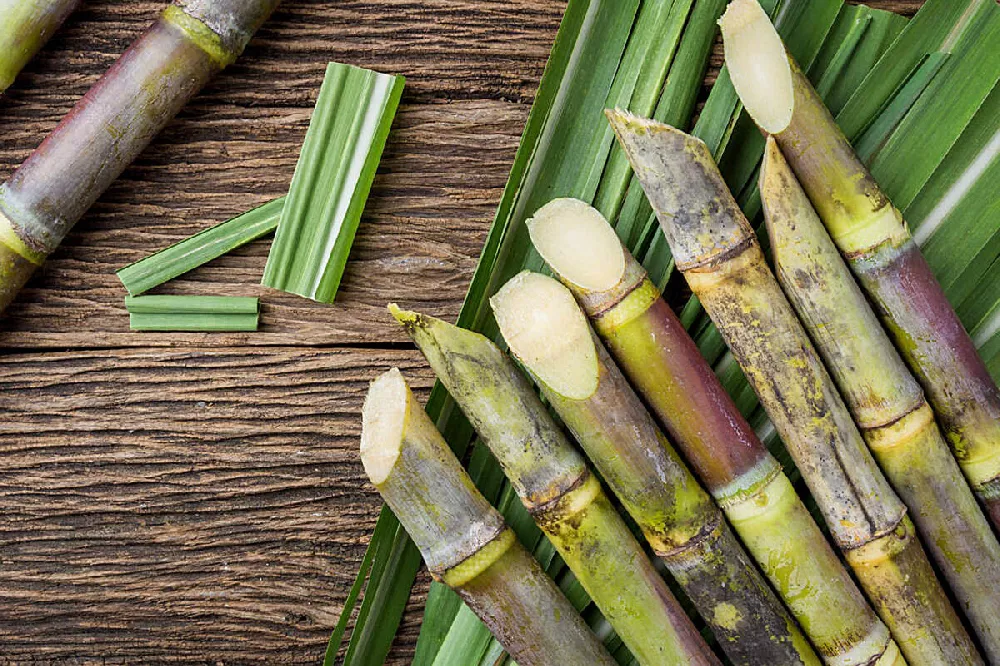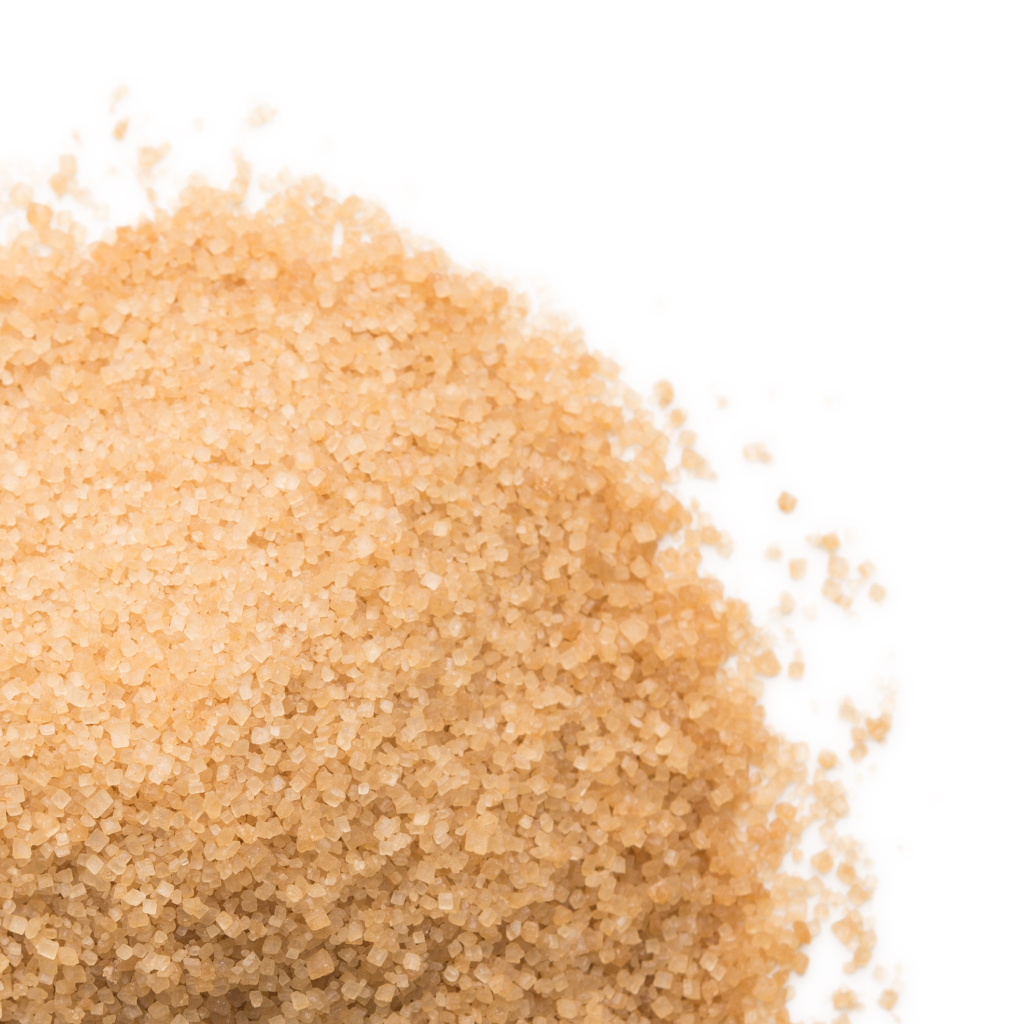Cane Sugar Processing: Ingenious Methods for High Quality Production
Cane Sugar Processing: Ingenious Methods for High Quality Production
Blog Article
Exploring the Comprehensive Tips Included in Cane Sugar Handling From Gathering to Improvement
The process of cane sugar manufacturing encompasses a collection of elaborate steps, beginning with the cautious harvesting of sugarcane and finishing in the improvement stages that ensure the last product satisfies sector criteria. Each stage, from the removal of juice to the filtration and crystallization procedures, plays a crucial duty in figuring out the quality and character of the sugar. Recognizing these stages not just highlights the intricacy of sugar production yet likewise elevates critical inquiries regarding effectiveness, sustainability, and advancement in the market. What ramifications do these variables have for future methods?
Gathering Sugarcane
Harvesting sugarcane is a vital action in the walking cane sugar processing chain, as it directly influences the quality and yield of the end product. Correct timing and strategies are essential throughout this stage to guarantee optimum sugar content and minimize losses. Typically, sugarcane is gathered when it reaches maturity, typically 12 to 18 months after planting, identified by a high sucrose focus.
:strip_icc()/How-to-Plant-and-Grow-Sugar-Cane-965303384-2fdac181359d44c185dfa7988fc181a8.jpg)
Post-harvest, the sugarcane needs to be processed swiftly to stop sucrose degradation. Ideally, gathered walking stick ought to be carried to processing facilities within 24 hours to preserve sugar top quality. Consequently, reliable logistical planning is important to keep the stability of the harvested plant throughout the supply chain.
Removal Process

The smashed walking stick undergoes a series of pushing operations to optimize juice recuperation. Typically, warm water is splashed onto the crushed walking stick, producing a countercurrent circulation that helps liquify the sugar while additionally aiding in the removal procedure. The juice accumulated from this procedure consists of not just sugar yet additionally various organic substances and pollutants.

To enhance extraction performance, some centers may utilize diffusion methods, where the sugarcane is soaked in warm water, permitting the soluble sugars to diffuse right into the fluid. The resulting juice, abundant in sucrose, is then directed to subsequent handling phases, laying the structure for filtration and improvement. The removal procedure is hence critical in identifying the quality and yield of the final sugar item.
Purification Techniques
The purification techniques employed in walking stick sugar handling are necessary for changing the raw juice right into a premium sugar product. These approaches mainly intend to eliminate impurities, such as soil, plant products, and not natural materials, which can adversely influence the last item's flavor and color.
This procedure includes adding lime and warmth to the raw juice, which promotes the coagulation of contaminations. Furthermore, the usage of phosphoric acid can enhance the clarification procedure by further binding contaminations.
One more significant method is carbonatation, where carbon dioxide is introduced to the cleared up juice. This reaction creates calcium carbonate, which captures continuing to be pollutants and promotes their removal.
In addition, triggered carbon therapy may be related to adsorb any kind of remaining colorants and organic contaminations, making certain a more polished item. The mix of these methods effectively prepares the sugar juice for subsequent actions in the refining process, establishing the stage for the manufacturing of top notch cane sugar.
Condensation Methods
After the filtration phase, the next essential action in walking stick sugar processing involves condensation approaches, which play a critical function in changing the clarified juice into strong sugar. This process commonly employs 2 primary approaches: spontaneous formation and controlled condensation.
In spontaneous condensation, supersaturated sugar services are enabled to cool down normally, resulting in the development More Info of sugar crystals with time. This technique is less complex but may lead to unequal crystal dimensions and lower purity levels. On the other hand, managed formation is an extra precise strategy where seeding, temperature level, and focus representatives are diligently managed. This technique permits for the consistent development of sugar crystals and greater pureness.
During crystallization, the clarified juice is focused via dissipation, enhancing its sugar content until it reaches supersaturation. As soon as this factor is accomplished, either approach can promote the formation procedure. Cane Sugar Processing. The resultant sugar crystals are then divided from the remaining syrup through centrifugation
Eventually, the choice of crystallization technique influences the top quality, dimension, and pureness of the last sugar item, making this step crucial in the total walking stick sugar processing procedure.
Refinement and Product Packaging
How can the purity and top quality of walking stick sugar be better improved after formation? The improvement process plays a crucial function in attaining premium walking cane sugar.
Next, the sugar undergoes a process called centrifugation, where it is rotated at broadband to divide the detoxified sugar crystals from the remaining fluid. After centrifugation, the sugar is typically more refined with an approach called carbonization or phosphatation, which utilizes activated carbon or phosphoric acid to remove color and off-flavors.
When improved, the sugar is dried out to achieve the preferred wetness content, making certain that it remains stable during storage and transport. my company The final action involves packaging the polished sugar in impermeable and moisture-proof containers to maintain its high quality and protect against contamination. Cane Sugar Processing. Appropriate packaging not only prolongs rack life yet additionally helps with very easy handling and circulation, making certain that consumers receive sugar that meets the greatest criteria of pureness and top quality
Conclusion
The extensive steps included in walking stick sugar handling, from the meticulous harvesting of sugarcane to the elaborate refinement and packaging stages, highlight the value of each stage in ensuring premium sugar production. Ideal harvesting methods, effective extraction approaches, and strenuous filtration procedures collectively contribute to the last product's purity and stability. The crystallization and subsequent packaging techniques further enhance the integrity and life span of the sugar, highlighting the intricacy and accuracy intrinsic in this necessary farming market.
The procedure of walking stick sugar production encompasses a collection of elaborate steps, starting with the careful harvesting of sugarcane and finishing in the improvement stages that ensure try here the last product meets industry requirements. Ideally, harvested cane should be moved to processing centers within 24 hours to preserve sugar top quality.In spontaneous formation, supersaturated sugar solutions are permitted to cool normally, leading to the development of sugar crystals over time - Cane Sugar Processing. The improvement process plays a vital role in accomplishing premium cane sugar.The detailed steps included in cane sugar processing, from the careful harvesting of sugarcane to the detailed refinement and packaging stages, emphasize the importance of each phase in making certain high-quality sugar production
Report this page